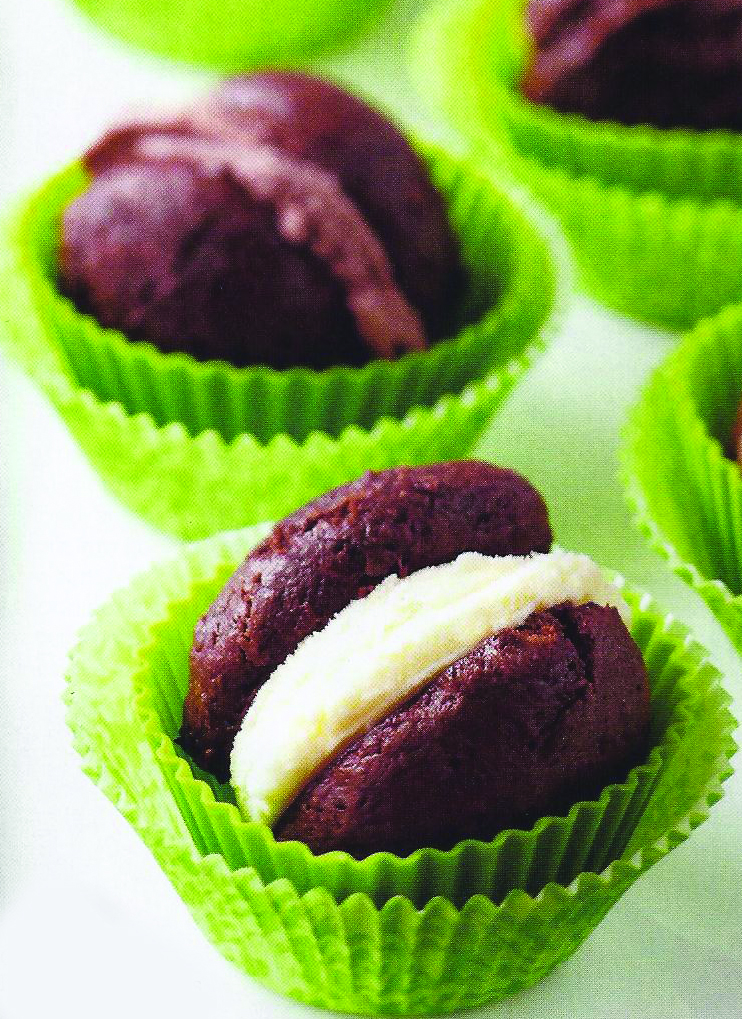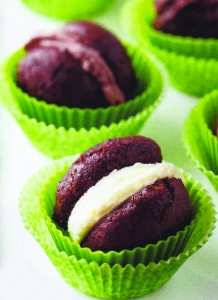With the 5th Annual Walk for a Cure coming to Howard Beach in two weeks, on May 18th, we would like to encourage everyone to come out and support this fight against Juvenile Diabetes.
Last week, The Forum established a commitment to joining the community of Howard Beach and the Juvenile Diabetes Research Foundation (JDRF) in promoting an essential component in the fight to end this disease: awareness.
We hope you’ll follow our coverage and grow to understand the unique challenges met by families facing this life threatening illness every day.
Most of us take our freedoms in the kitchen for granted. But in a kitchen where “chemistry” is key to all recipes, it’s a whole new ballgame.
Serving meals that have food and insulin working together to regulate blood glucose levels is the ultimate goal of cooking to help manage your child’s diabetes.
The amount of insulin taken is highly individualized but one key factor in keeping it down is the patient’s nutrition. Insulin fluctuates with exercise and the rate at which sugar is absorbed too.
There’s no doubt about it, the benefit of improved nutrition, especially when facing an illness like this one, can never be overstated.
For those of you just starting out with dealing with the challenges of feeding this illness—knowing the basic do’s and don’ts of each food group in preparing healthy and safe meals for diabetics will make life in the “specialty” kitchen much better for everyone involved. Keep the rules simple—just follow them and be sure your favorite patient is not only kept smiling because of good taste but also knowing their diet is contributing to improved health and a much better quality of life as a result. For those of you who are old hands in the “diabetic” kitchen enjoy the brush-up
Let’s look at the ABC’s of nutrition and juvenile diabetes:
CALORIES
People with juvenile diabetes need a diet consisting of carbohydrates, which provide about 60 percent of daily calories, proteins 10 to 20 percent of calories, and the dreaded fats that provide no more than 30 percent of calories.
CARBOHYDRATES
A well-balanced selection and moderate portion of whole grains, fruits and vegetables, avoid processed foods. Carbohydrates provide sugar to the body.
People with juvenile diabetes must know the type and quantity of carbohydrate in each meal to determine how much insulin to take. Whole grains are low glycemic carbohydrates they digest and absorb sugars slowly at an even rate into the blood.
Stay away from refined carbohydrates, such as white bread or white rice, because the sugar in these high glycemic foods are absorbed quickly into the blood and could increase blood sugar levels that can increase the risk for medical complications.
FIBER
Beans and oats can slow the absorption of sugar and control blood sugar levels in patients with diabetes.
FATS AND PROTEINS
Avoid foods with saturated and trans-fatty acids, such as beef, and minimize foods with cholesterol, such as eggs. Choose foods with poly-unsaturated and mono-unsaturated fats, such as fish, avocados and olive oil. Include fish in two to three meals per week, and choose lean meats, skim milk, non-fat yogurt and non-fat cheese and water or calorie-free diet drinks, and use liquid oils for cooking instead of solid fats that can be high in saturated and trans fats.
Making life more tasty and appealing is one way to get your kids eating happy and healthy.
Chocolate Java Ice Cream Cookies
SERVINGS 20 (1 sandwich cookie each)
CARBS PER SERVING – 24g
PREP 30 minutes
BAKE 8 minutes
1 16-ounce package sugar-free devil’s food cake mix
3/4 cup unsweetened applesauce
1/4 cup refrigerated or frozen egg product, thawed
2 tablespoons canola oil
1 tablespoon instant coffee crystals
3 cups sugar-free chocolate or vanilla ice cream
1. Lightly spray two cookie sheets with nonstick cooking spray; set aside. Preheat oven to 375 degrees F. In a large bowl combine cake mix, applesauce, egg product, oil and instant coffee crystals. Stir until well combined.
2. Drop 1-tablespoon portions of dough about 1 inch apart onto prepared cookie sheets. Coat the tines of a fork with nonstick cooking spray and slightly flatten each cookie. Bake 8 minutes or until cookies are slightly puffed (cookies will not appear done at this point). Let cool on the baking sheet 2 minutes. Cool completely on a wire rack.
3. Place 2 tablespoons ice cream on the bottom (flat side) of a cookie. Top with another cookie, flat side down; press together slightly to adhere. Wrap in plastic wrap and freeze. Repeat with remaining ice cream and cookies. Work with 1 cup of the ice cream at a time, keeping remaining ice cream in the freezer until ready to use.
PER SERVING: 127 cal, 5g total fat (1g sat. fat,) 2mg chol., 22mg sodium, 24g carb. (1g fiber, 2g sugars,) 2g pro.


